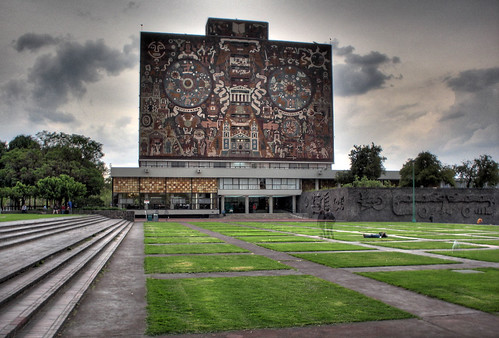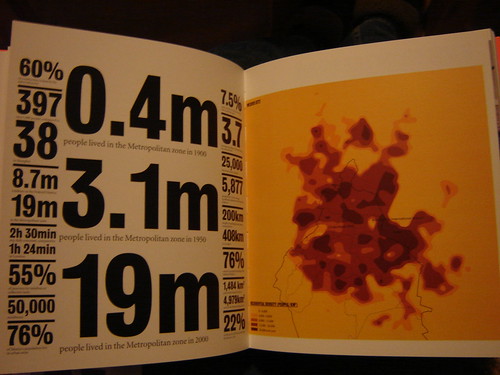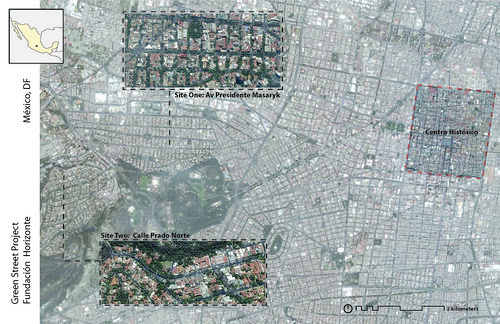One of my current projects is a historical piece for a book on the Megablock in Chinese urbanism that is being put together by Columbia's School of Architecture. One chunk of the book is going to be on international comparisons, so I'm writing a short piece about the experience of Boston's West End.
The West End is (or was?) a neighborhood on the northwest side of the CBD bordering the North End, the Financial District and Beacon Hill. It was one of the city's densest neighborhoods and had a building stock much like the North End does today. It was a pretty mixed neighborhood ethnically (especially for Boston in the 50s), with big Italian, Jewish, Polish and Albanian populations as well as a small mixture of Blacks and Bohemians (in the Greenwich Village sense, not the Prague sense). As I already said, it was dense, with about a 150 units per acre (the North End today is around 100, a suburb is usually between 2 and 6) and over 70% building coverage. At its height around 1910 there were about 22,000 people living there, although by the 50s this had dropped to around 7000.
And then came urban renewal:
Through the 50s and 60s, the neighborhood was demolished and the roughly 1000 3 to 5 story buildings were replaced by about 10 highrise apartment buildings (strangely enough, the number of units stayed almost exactly the same, although they tended to house significantly fewer people). The intricate street grid was replaced by a pair of superblocks. Ever since, the West End has been the example to generations of architects and planners being trained at MIT and Harvard as what not to do as a planner.
To me, there are several stories here. The first is, obviously, the displacement. For Bostonians thinking about the West End, this sociological story is the most important part of what happened. Indeed, I've been working lately with the community in Allston and I don't think it's a coincidence that the West End comes up fairly often in discussions about their own struggle with Harvard's expansion. What's interesting about this is that the West End, as it exists now, is being judged an
architectural or planning failure for
sociological or political reasons.
When judged by straight up quantitative methods, the West End is pretty successful. The apartments are almost always fully rented. The income levels of residents is higher then the area median. If I was an urban planner from Mars, with no idea of the history surrounding them, I think it's possible that I would accept that they are a successful part of Boston and say that they, in terms of architecture and planning, could be replicated in other parts of the city. Yet, the historical background of displacement makes that sort of statement completely impossible.
Obviously, this isn't just a statement that is true in Boston. Almost every major city in US has had some type of horrible urban renewal story that ended in highrise apartments and superblocks. And so, instead of being a tool that planners can use today, the superblock and highrise apartment housing are persona non grata in American planning.
Read more...











